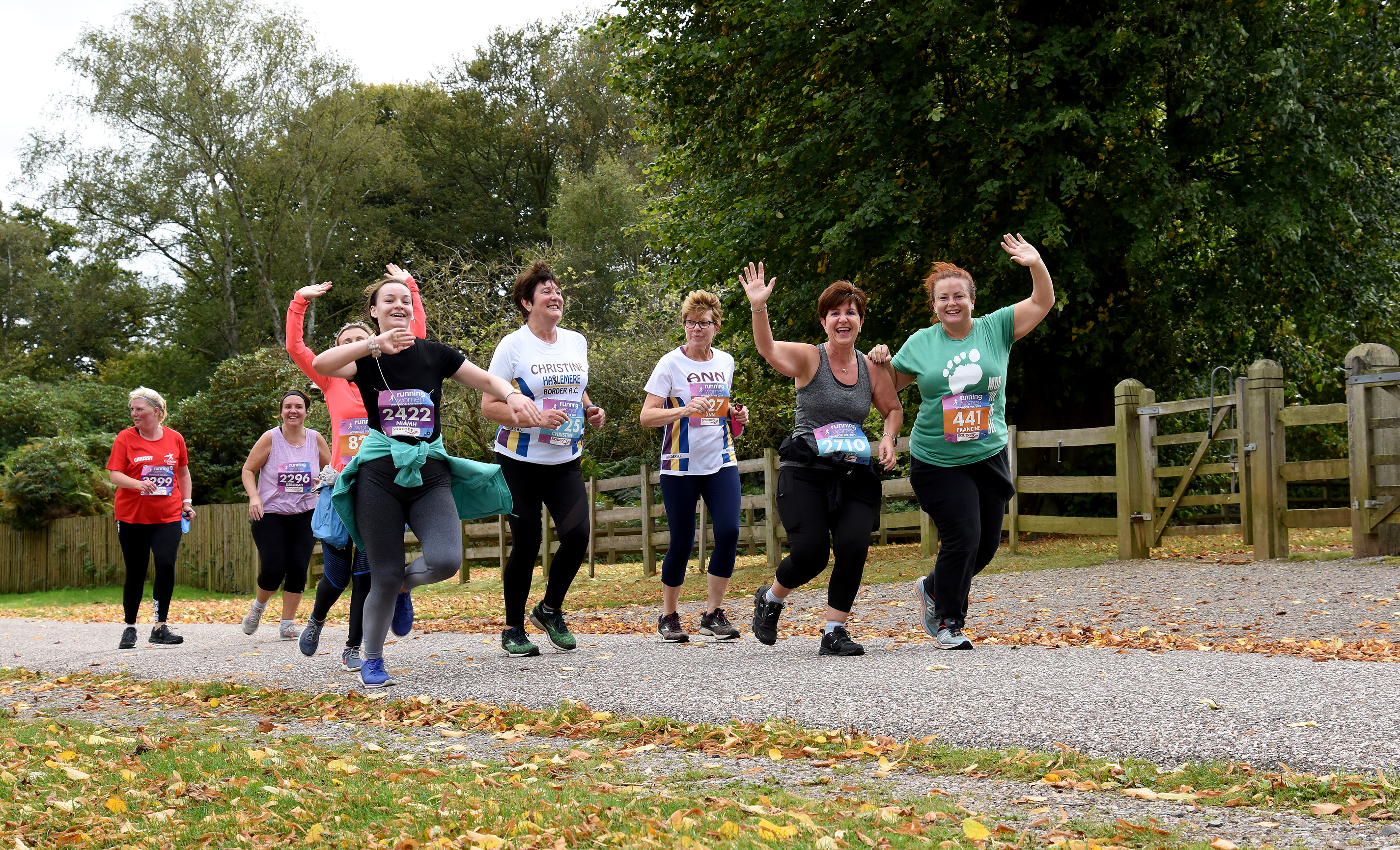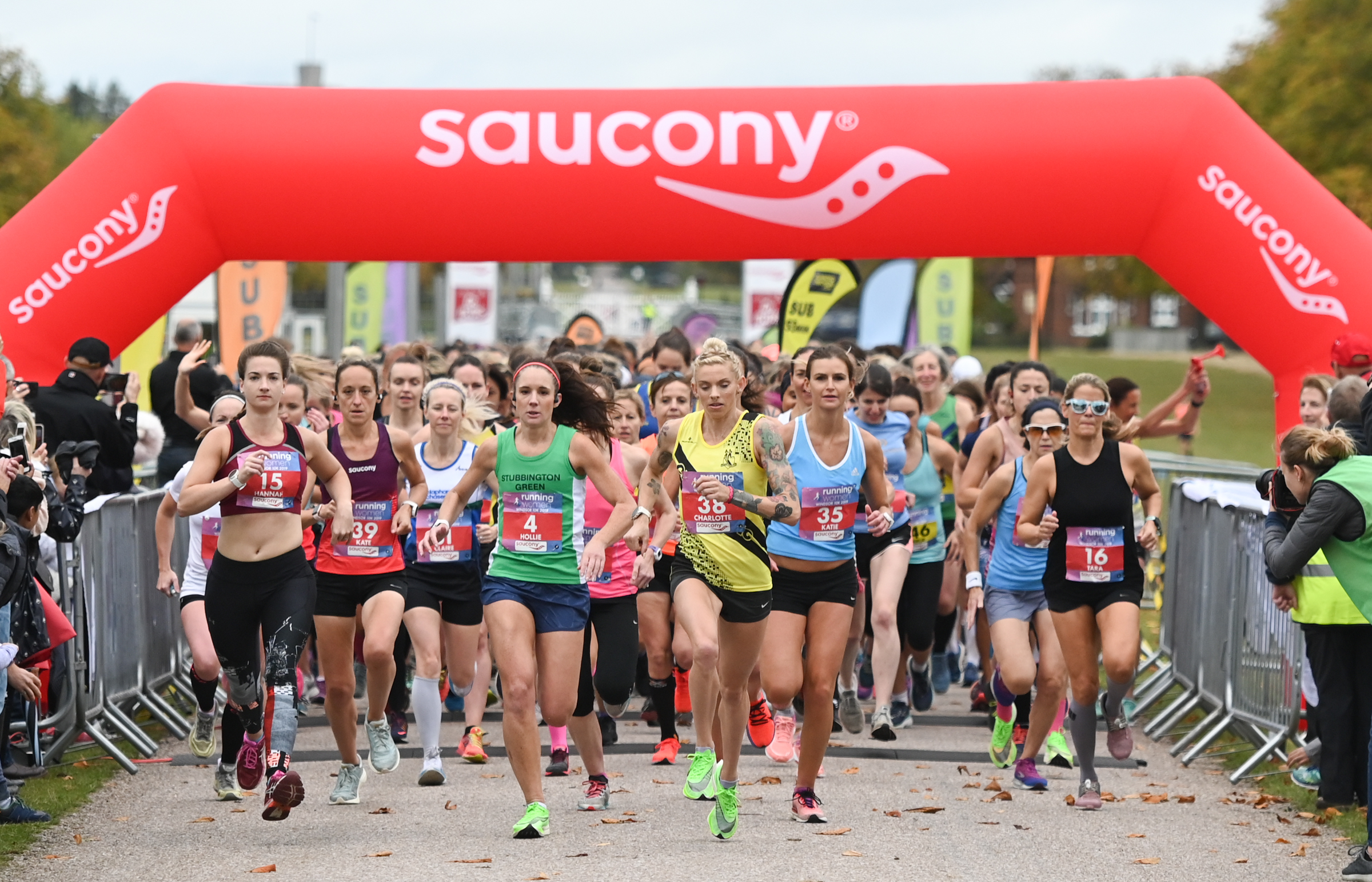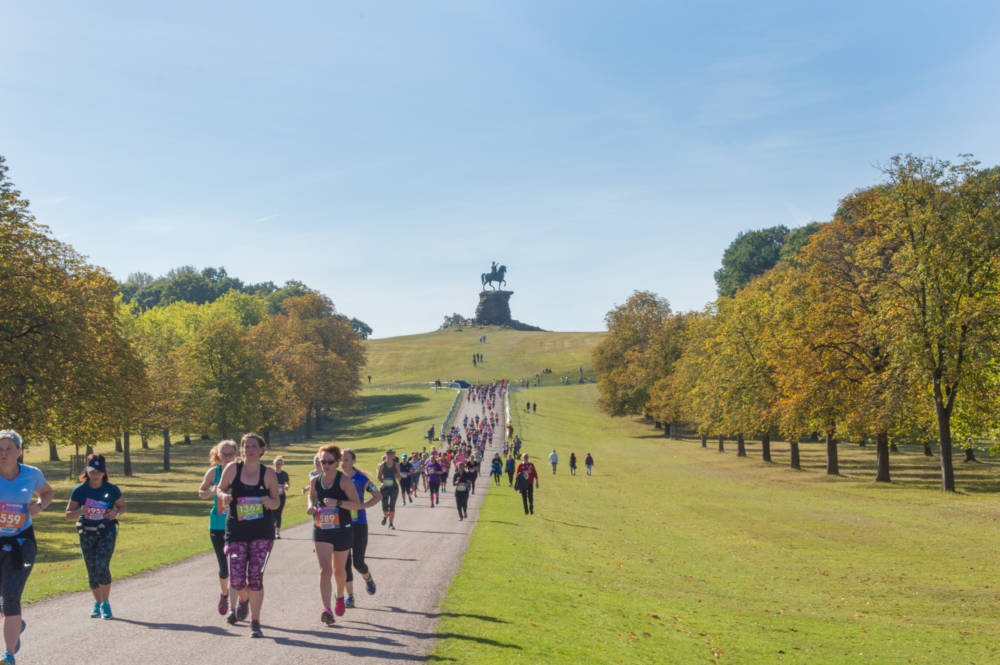5 Ways To Log Your Training For A Faster 10K
Why – and how – should you track your 10K training?
Does it really make a difference if you track your running training for a 10K or half marathon? Surely the most important thing is that you do it? Whilst having a training plan, and sticking to it, is crucial, evidence suggests that tracking your training can be significant.
Compelling Reasons To Track Your Training
1 Motivation! Looking back on training is a great motivator as you can see how consistent you’ve been and how far you’ve come
2 Planning. Seeing your goals and training plan set out in writing makes them seem more real than if they are just in your head
3 The bigger picture. Start logging your training now, and you will build up the bigger picture of your running over years and decades!
How To Successfully Track Your Training
Choose your method
Don’t worry about what anyone else uses. Choose the tracking method you will enjoy using, stick to, and be able to review quickly. This might mean an Excel spreadsheet, pen and paper, a journal, an online log book, or an app. Make sure it feels user-friendly and not a chore. If you hate tech, don’t use an app. If you’re likely to forget (or lose!) a notepad, don’t use a paper journal.
Write – and review
Recording your data is just one side of the tracking relationship. The other side is reviewing, analysing, and using the data. Get into the habit of reviewing your log book once a week to see how your training has gone, and once every training block (12-16 weeks) to see larger patterns. An annual review can be useful – and interesting – too.
What should you log?
Most runners will automatically log pace, distance, speed, and PBs. But how about logging stuff relevant to you? We’re talking mood, heart rate, energy levels, last night’s sleep, injuries or pains, and even how hydrated you are. The more info you can record, the more accurate a picture you can build up. You might also like to log your kit (especially shoes), weather, and whether you ran solo or with a partner or club.
Record goals, too
Log books aren’t just for what has passed. You can also record goals and intentions. You could write an intention for the week, the month, or the training block. This is where a pen and paper log comes into its own, but could easily do this with an app to (by creating your intention as an image with text overlay, and uploading it to the app). What exactly do you want to achieve, and by when?
Look for trends
Use your log book data to spot trends and patterns. Good trends include consistency, frequency, and progression in training. Less positive (but just as useful) are days when you skip runs or put in a poor performance, days when you eat badly or feel more tired. You should also look out for injuries and niggles, tiredness, and energy levels. Once you spot patterns, you can work with them or address them.
Windsor Women’s 10k entries are open now click here
Similar Posts:
- 5 Ways To Log Your Training For A Faster 10K
- How To Build On Your Winter Training Base
- Why You Should Start a Training Diary – Part 1
- Christmas Gifts For Runners
- Make 2018 Your Best Running Year Yet!
- 15 Tips For A Healthier Future-You



